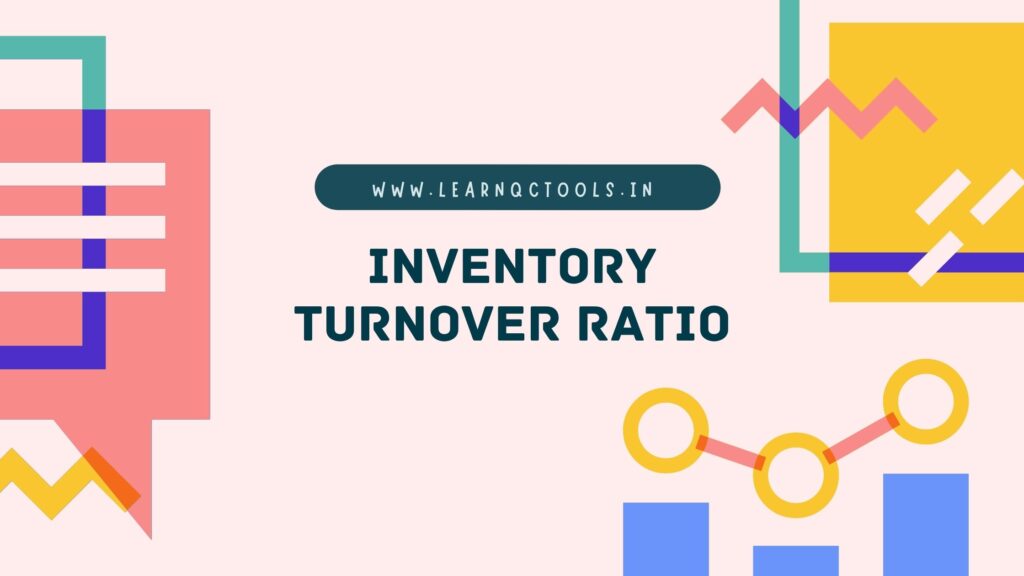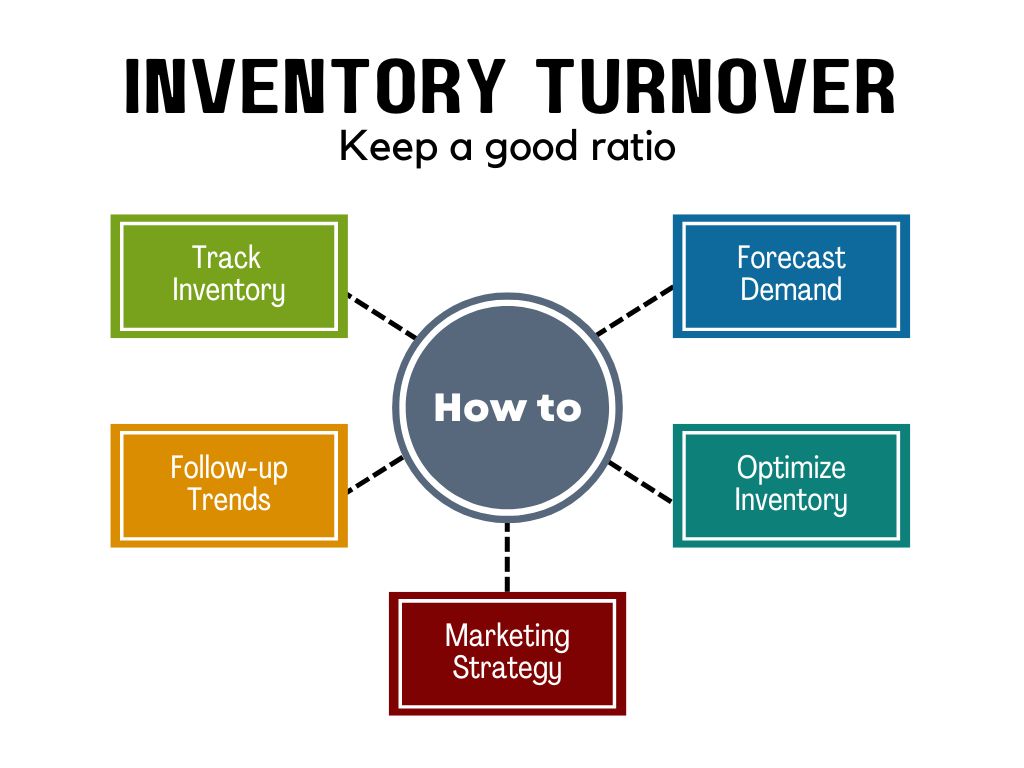
Inventory turnover rate helps you understand how fast inventory moves through your warehouses. A high inventory turnover rate suggests optimal performance, while lower turnover means inefficiency. A .31 ratio means XYZ Company sold only about a third of its inventory during the year. Determining whether this is a low or high ratio depends on the type of business.
Step 1: Calculate the Cost of Goods Sold

Additionally, average value of inventory is used to offset seasonality effects. It is calculated by adding the value of inventory at the end of a period to the value of inventory at the end of the prior period and dividing the sum by 2. The ratio is used to measure the efficiency of your company’s operations. To stay on top of profitability, they will assess ways to improve efficiency, reduce costs, incentivize employees and optimize operations to maximize the bottom line. Open-to-buy software plans help retailers have the right amount of product on-hand at the right time, including what is on order, in transit and on-hand currently. The retailer uses the software to develop a plan that includes a budget and sets the turns for each item uniquely, so there’s always enough cash on hand.
Step 2: Calculate Average Total Assets
The inventory turnover rate (ITR) is a key metric that measures how efficiently a company sells and replenishes its inventory over a specific period, typically a year. Plus, it improves cash flow, allowing businesses to reinvest in new opportunities swiftly. The inventory turnover ratio is a metric that indicates how often a company sells and replaces its inventory within a specific period. A high ratio generally means that products are selling quickly, reflecting strong demand or efficient inventory management. A low turnover ratio, on the other hand, may signal weak sales or overstocking, leading to potential losses from unsold inventory.
Our Services
Put another way, it takes an average of about 122 days (365 / 3) to sell out its inventory. A deep dive into how different products perform, focusing on their turnover rates and profitability, can significantly influence resource allocation decisions. Smart inventory management also helps prevent losses on outdated or perishable items – a crucial advantage for tech companies or businesses with perishable goods. A debt-to-equity ratio of 2.0 means that for every dollar of equity, there are two dollars of debt. This ratio indicates that the company is significantly leveraged, which may pose risks, especially if interest rates increase or if the company faces a downturn in revenue. In general, high leverage can lead to greater financial risk and affects the company’s solvency profile.
- By keeping a close eye on optimizing inventory turnover, businesses can enhance efficiency, make better resource decisions, and, in turn, strengthen their overall bottom line.
- For example, having an inventory turnover ratio of 10 means the firm has sold and refilled its average inventory 10 times during the period selected for analysis.
- As mentioned, the inventory turnover rate is one of the best metrics to assess both your inventory and supply chain management effectiveness as well as your overall business performance.
- Both factors may negatively impact cash flow and liquidity, and potential investors would need to examine the company’s credit and collection policies closely.
What is the inventory turnover ratio formula?
We’ll examine real-world examples of businesses that have effectively managed inventory turnover and highlight strategies for improving this key metric. The inventory turnover ratio differs by industry, reflecting the unique operational and market demands of each sector. High-turnover industries like retail operate with rapid sales and restocking, while sectors like heavy machinery have lower turnover due to longer production and sales cycles.
Strategies to Improve Inventory Turnover Rate
It offers a low-cost, scalable approach for entrepreneurs to run profitable, ‘invisible’ businesses, blending seamlessly into eCommerce with minimal overhead. By understanding these factors, you can adjust your strategies to improve your ratio. Business Goals – Choose the formula that aligns with your business objectives. Explore the fundamentals of inventory turnover and its impact on business.
Companies should look for a higher inventory turnover ratio that balances having enough inventory in stock while replenishing it often. A good inventory turnover ratio varies by industry, but generally, a ratio between 4 and 6 is considered healthy, indicating efficient inventory management. What a good inventory turnover ratio is can be subjective and varies by industry. Generally, a higher inventory turnover ratio indicates efficient management of inventory because more sales are being made. For the retail industry, a good inventory turnover ratio might range from 5 to 10. However, it’s important to benchmark this ratio against industry standards or peers for more accurate insights.
At the very least, knowing which items move the slowest will help you make better decisions on which bundles you can create to attract higher sales. The inventory turnover ratio formula can increase visibility in those areas. Grocery stores and other businesses brooklyn ny accounting and tax preparation firm that sell perishable goods often have a higher inventory turnover ratio because their products expire. Knowing how to calculate inventory turnover ratio starts with knowing your COGS, or cost of goods sold, as well as your average inventory.
